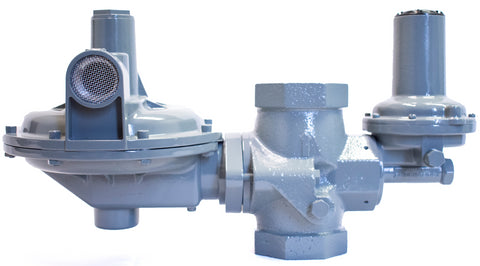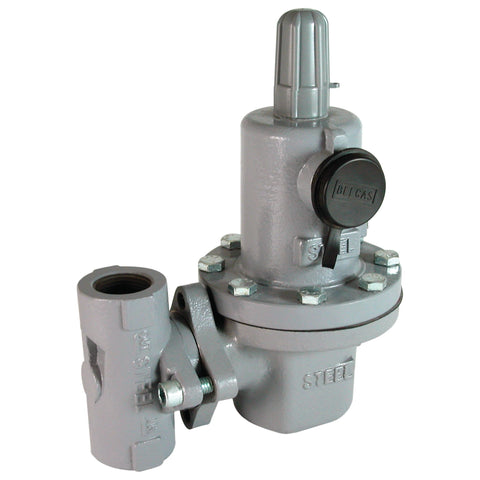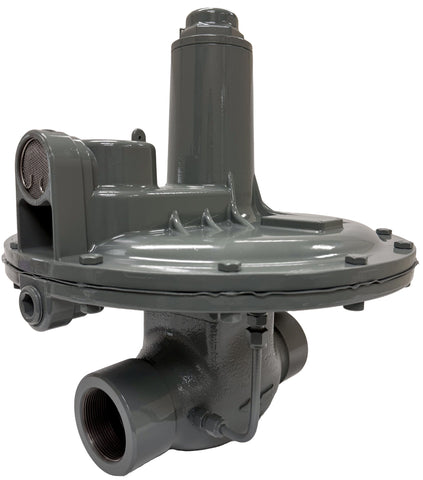Non-Relieving Pressure Reducing Regulator
Non-Relieving Pressure Reducing Regulator
Dependable Non-Relieving Regulators for Stable Gas Control
BelGAS non-relieving pressure reducing regulators provide precise downstream control without venting excess pressure to the atmosphere. A non-relieving regulator is typically used in steady flow applications. These applications rely on constant flow in order to eliminate the possibility that downstream pressure would exceed the regulator set point. It is important to note that when using a non relieving pressure regulator, some other sort of downstream pressure relief unit should be in place to protect the system, equipment, and life. Without a relief valve, especially in non-flowing or “dead-end” applications, it is possible for the downstream pressure to increase to supply pressure.
Why Choose BelGAS Non-Relieving Regulators?
- Zero Atmospheric Venting: Suitable for safety-restricted or hazardous applications, so that excess gases or air are not released into the atmosphere.
- Precise Regulation: Stable outlet pressure under fluctuating inlet conditions.
- Low Maintenance: Reliable design minimizes servicing needs.
- Trusted Worldwide: Installed in utility, industrial, and commercial gas systems.
Key Features:
- Multiple size and material options
- Durable construction
- Wide range of inlet and outlet pressures
- Easy installation and maintenance















